The From Dusk Till Dawn episode of WTF Happened to This Horror Movie? was Written by Eric Walkuski, Narrated and Edited by Tyler Nichols, Produced by Lance Vlcek and John Fallon, and Executive Produced by Berge Garabedian.
Okay ramblers, let’s get rambling… In the mid-90s, there were few directors more exciting than Quentin Tarantino and Robert Rodriguez. Guys who clawed their ways into the movie business by sheer determination and talent, they wore their love for cinema on their sleeves and made no bones about it. They helped kickstart a wave of movie nerds who’d be calling their own shots and making millions for the studio system; suddenly it seemed like being able to endlessly quote Martin Scorsese or John Carpenter movies meant you might get a shot at sitting in the director’s chair. Naturally, the two gravitated toward each other, and to this day their collaborations are eagerly looked forward to by cinephiles of all stripes. But their most famous collaboration might be one of their first. The duo teamed up in 1995 to make what’s now thought of as one of the quintessential modern vampire movies. More than that, it’s a genre-defying blast filled with splendid dialogue, eye-popping gore and of course, plenty of references to movies’ past. We’re talking about From Dusk Till Dawn (get it HERE), and we’re going to find out WTF Happened to this horror-comedy classic.
While we think of From Dusk Till Dawn as being pure Tarantino and Rodriguez, it actually originated with one Robert Kurtzman. In the 80s and 90s, Kurtzman was one third of the talented make-up company KNB EFX, alongside Howard Berger and Greg Nicotero. Obviously, everyone knows who these guys are now, but 30 years ago they were plugging away on just about every movie they could get their hands on. Kurtzman had conceived the basic idea of From Dusk Till Dawn in an effort to create a project that would truly show off KNB’s skills as an effects house, with the idea being he would eventually direct it. The original screenwriter, John Esposito, had left the project to pen the film adaptation of Graveyard Shift, so Kurtzman needed a writer to flesh out his 24-page outline. A producer friend recommended a young video store clerk named Quentin Tarantino, who at the time was furiously writing scripts that he would send to anyone who’d read them. Kurtzman and company read Natural Born Killers and True Romance and decided Quentin was the right man for their crazy vampire thriller. Offering him a measly $1,500 to write the script, the crew was able to convince Quentin to pen the screenplay, but he had one condition: they would eventually do the make-up – free of charge – for his directorial debut, Reservoir Dogs, when he was ready to make it. The deal was struck, and KNB would go on to create the disturbing missing ear effect in Tarantino’s now-classic debut.
After Tarantino finished the script, there was a whole lot of waiting to be done. Though the writer’s profile was rising in the early 90s, the money just wasn’t coming in for their movie, despite the fact KNB initially envisioned it as a very modestly budgeted film in the $1-2 million range. At a certain point, it looked as though it was going to be be greenlit as a Tales from the Crypt Presents after the modest success of Demon Knight, but that plan eventually fell through.
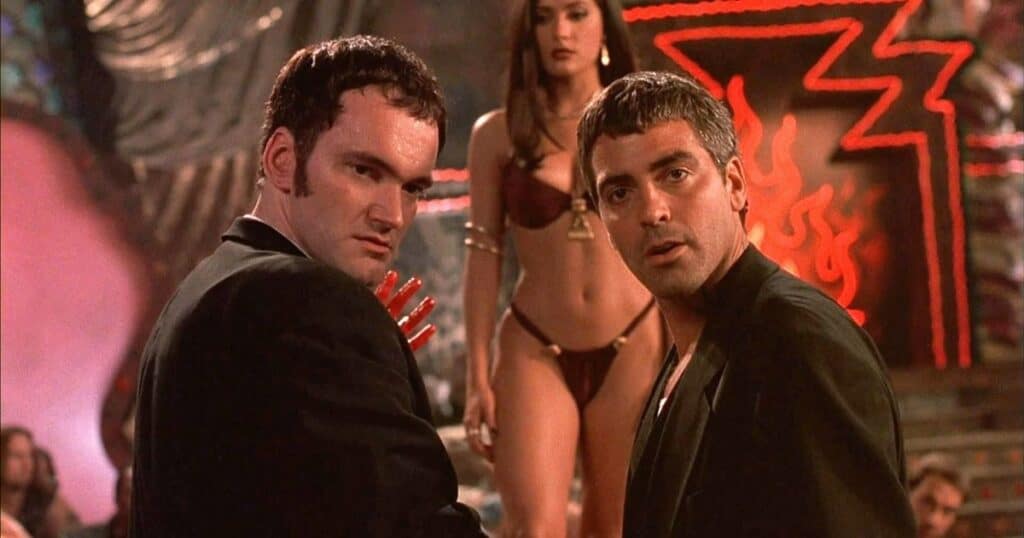
Even after Reservoir Dogs became a must-see picture, no one was interested in funding Dusk because, according to Kurtzman, most studios thought it was too vulgar and too violent. More importantly, they didn’t understand or appreciate the film’s massive tonal twist halfway through. Some producers even wanted the horror aspects of the story telegraphed much earlier in the script so the change in genre wouldn’t be so jarring, but Tarantino refused. Add to that no one trusted Kurtzman to direct the film, as he had no true experience in that realm beyond some second unit work. Dusk seemed like it might be dead in the water forever.
The film’s fortunes changed not long after Pulp Fiction became a cultural touchstone in the fall of 1994. Tarantino was now a household name and had a bit more clout than he did in the years prior. At the same time, a young director from Mexico named Robert Rodriguez had captured the industry’s attention with his DIY western El Mariachi and its impending follow-up, Desperado. Tarantino and Rodriguez had become familiar with each other on the film festival circuit in 1992, and again soon after when they were both spending time at Columbia Pictures, which is where Pulp Fiction was initially set up and where Rodriguez made Desperado. The two got to talking one day about how cool it was for Rodriguez to run rampant in Mexico, shooting whatever he wanted however he wanted, when Tarantino mentioned he’d once written a script set in the country. Rodriguez read the script for From Dusk Till Dawn and immediately saw the potential for a balls-to-the-wall action-horror flick. After some time passed, Tarantino made clear to his bosses at Miramax, the brothers Weinstein, that he wanted to make Dusk next, with the caveat that he didn’t want to direct it – he’d leave that to Rodriguez, whose inventive style he thought was perfect for the project. Miramax agreed, and suddenly the low-budget vampire movie with a $1 million budget now had $17 million to play with. Kurtzman and his compadres would stay on as the lead effects team.
According to Rodriguez, it all happened very fast, which is how they wanted it. They were going to be shooting in the summer of 1995 with an eye towards releasing it that Halloween – an insane schedule but one they were intent on, until it became apparent that some of the actors they wanted were not going to be available on that timeline. In the meantime, Tarantino went back to the script with some of Rodriguez’s notes and re-wrote it substantially to bring more depth to the lead characters, who he felt he’d written as cliches in his initial drafts.
Casting would of course be critical. It was apparently Rodriguez’s idea that Tarantino play the psychotic Richie Gecko, which appealed to the side of the writer who always envisioned himself an actor. Tarantino went to his old pal Harvey Keitel, who’d starred in his previous two films, to star as conflicted preacher Jacob. According to Quentin, Keitel wasn’t sure the second half twist was going to work, but the writer was steadfast that even though the genre changes, the characters were going to stay the same. He argued they were going to be just as shocked as the audience at the sudden appearance of vampires, and would have to deal with the surprise as best they could in the moment.
Juliette Lewis, who’d starred in Oliver Stone’s adaptation of Tarantino’s Natural Born Killers script, received the Dusk script from her agents and was immediately interested. She called Tarantino herself to express her enthusiasm for it, surprising Tarantino since he didn’t think she’d be up for it. This caused him to go back to the script once again to make her character even better.
Casting Richie’s cool-as-a-cucumber brother Seth was not as easy. Tarantino collaborators like John Travolta, Michael Madsen and Chris Walken were offered the part, but all declined for one reason or another. One day, after Rodriguez saw a copy of US Magazine sitting around that had George Clooney on the cover; he lifted it up and said, “how about this guy?” Tarantino of course knew Clooney professionally, having directed an episode of ER one year prior, and he thought the TV actor had the chops to break through on the big screen. Tarantino even thought he and Clooney looked somewhat alike, a notion Clooney found… let’s say “amusing” later on… Incidentally, Seth’s signature tattoo was Clooney’s idea; he was inspired by the ink worn by the protagonists in the New Zealand domestic drama Once Were Warriors.
There were many important supporting roles to fill, with some opportunities to bring to the fore a handful of character actors Tarantino and Rodriguez had long cherished. During a 1992 interview with Gorezone, Tarantino name-checked a few genre legends who he said were interested in being in the film, such as Robert Englund, Brion James, Bruce Campbell and Ted Raimi. None of those guys made it in, but obviously they were intent on getting people of that ilk involved, which led to the casting of Blaxpolitation legend Fred “The Hammer” Williamson, and make-up FX great Tom Savini, who had met Tarantino years earlier at a horror convention. Not only that, Savini was a mentor to the KNB guys, so he fit in quite naturally. Once he was cast, Rodriguez said they wrote even more material for the character of “Sex Machine” because they couldn’t get enough Savini.
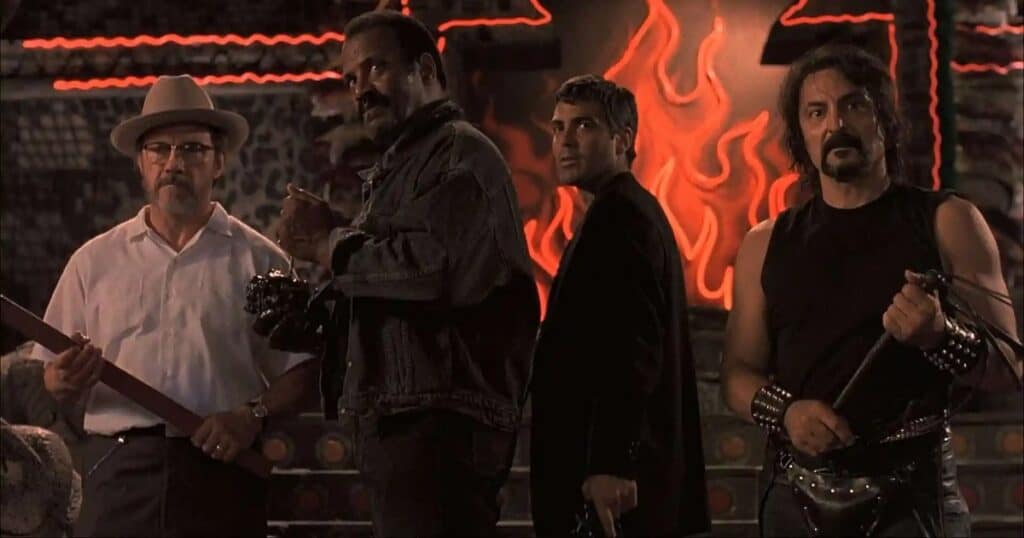
For the small yet memorable role of vampire priestess Satanico Pandemonium, named after a Mexican horror movie from the 70s, Rodriguez brought on his Desperado actress Salma Hayek. Problem was, Hayek was deathly afraid of snakes, and the role required the vampire to sexily dance with a very large python. Hayek actually had to go to therapy for a few weeks prior in order to get over her fear. Add to that her dance had no choreography; Rodriguez encouraged her to simply move with the music on set. Naturally, Hayek nailed the moment, creating one of the more infamous character introductions of the 90s.
Another Desperado alum was brought in for not one but three roles: comedy great and stoner god Cheech Marin. Depending on your source, Marin was either always meant to play three different parts in the movie, or just two. Rumor has it Erik Estrada was meant to play Carlos, the gangster who rendezvous with Seth at the end of the picture, but for whatever reason he couldn’t do it. Ultimately, Marin appearing in three different roles is seen as an homage to low-budget movies of the past where actors would play multiple parts out of necessity.
Shooting was not always easy. One of the first scenes shot was the Gecko brothers leaving the convenience store as it explodes – no CGI involved, they were blowing up an actual set they built, hence they had to get it right in one take. Sadly, a camera malfunction ruined the take, forcing them to rebuild the set and reshoot the sequence at the tail end of the production. Much of the first act of the film was shot early on, followed by the horror sequences within the Titty Twister, which went on for approximately five weeks. Naturally, KNB had their work cut out for them creating dozens upon dozens of vampire make-ups, vampire bites, ripped throats, gunshots and even a giant rat-dog monster. When the entire bar is filled with fully-transformed vampires at the end, KNB only created six monster costumes, which were used over and over again during the final battle.
Long hours led to long days, and Rodriguez was shooting so much footage that he thought he was going to have a two-and-a-half hour movie on his hands. That said, according to his producer and then-wife Elizabeth Avellan, they had no interference from Miramax on the picture; the studio was content to let the filmmakers do whatever they wanted and rarely checked in on them.
One thing the filmmakers apparently weren’t worried about was the MPAA. In an interview with Fangoria on the set of the film, Tarantino boasted that he had a good relationship with the MPAA, hence he wasn’t concerned they’d have to cut much out. As it turned out, the MPAA didn’t have a ton of notes for Dusk save for one curious complaint: after John Hawkes’ unlucky store clerk Pete gets set ablaze and shot, he falls dead in a heap of popcorn kernels, his legs writhing while he finally dies. The MPAA disliked that you could see Pete’s legs twitching as he died, and wanted the shot toned down or cut. Rodriguez later marveled that this minor moment was more controversial for the ratings board than anything in the film’s gory second half.
Though Tarantino was confident about the film ultimately receiving an R rating, Rodriguez was preparing for something highly unusual in the event the film got slapped with an NC-17. The director was considering releasing two versions of the film in theaters: one rated-R, the other unrated. Obviously, this never came to pass, nor did a two-and-a-half hour version of the film.
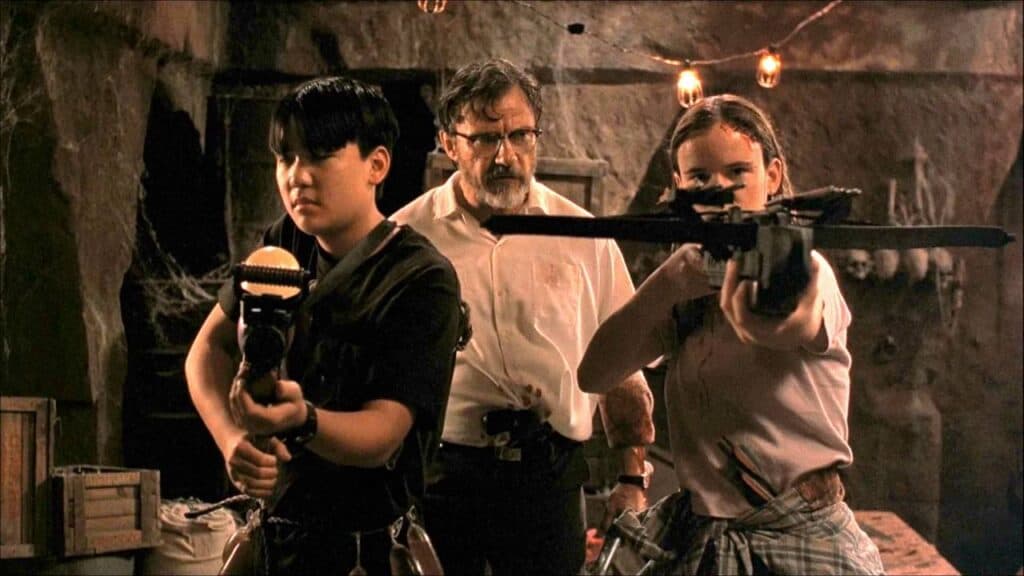
Cutting it was a challenge because post-production couldn’t commence until filming wrapped. That’s because Rodriguez was also the film’s editor, so whereas an editor is often already assembling a rough cut while cameras are still rolling, Dusk had no choice but to wait until Rodriguez was ready to sit at the edit bay. That meant a post-production schedule of two or three months shrunk down to a few weeks if Dusk was going to meet its proposed release date of December 22nd.
Turns out, that date was not meant to be, and not just because it would’ve been an awfully weird Christmas season release. Miramax pushed it back to January 19, 1996, adding a little breathing room, though it was still a very tight squeeze considering production wrapped that August. Rodriguez got it done though, and that’s even more impressive considering he also had to do press for the theatrical release of Desperado.
When From Dusk Till Dawn was released, it opened at the #1 spot with $10 million, with a decent $5,000 per theater average. However, it dropped over 50% the next weekend, and 50% the weekend after that… Ultimately, it ended its domestic run with a little more than $25 million, not exactly a smash hit.
That said, we know now the movie made quite an impression. It did very well on the home video market, prompting Miramax to make two direct-to-DVD sequels, both released in 1999. And in 2014, Robert Rodriguez unleashed From Dusk Till Dawn: The Series, which started life as a remake of the first film and ended up lasting three seasons total on Rodriguez’s El Rey Network. Is there still blood in the brand? As of this writing, nothing is set in stone, but it’s hard to imagine we won’t make another trip to the Titty Twister in the not-too-distant future. They put on a helluva show there.
A couple of the previous episodes of WTF Happened to This Horror Movie? can be seen below. To see more, head over to our JoBlo Horror Originals YouTube channel – and subscribe while you’re there!










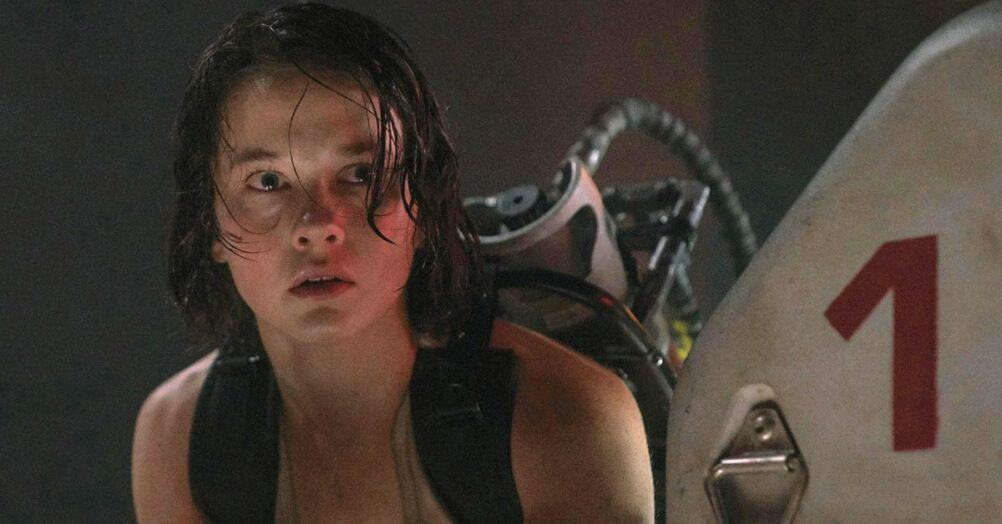


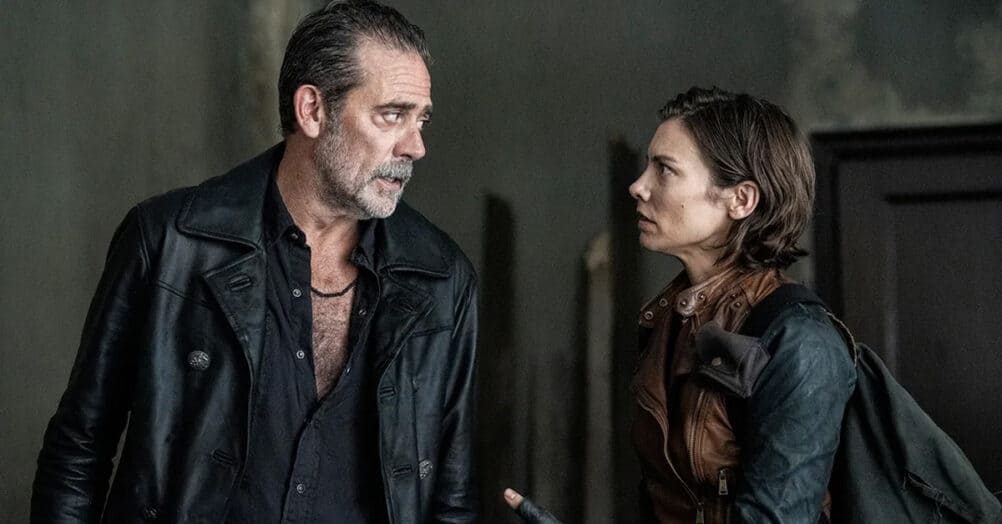
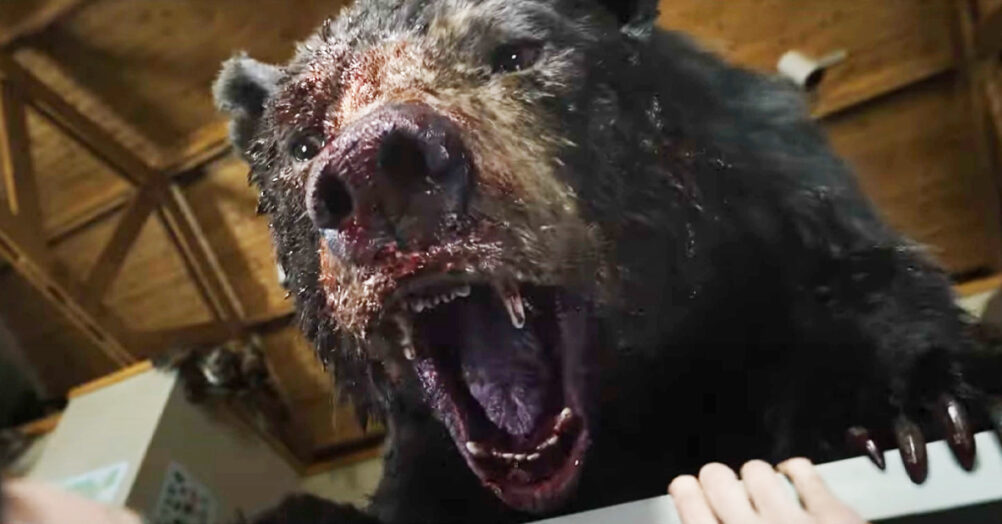

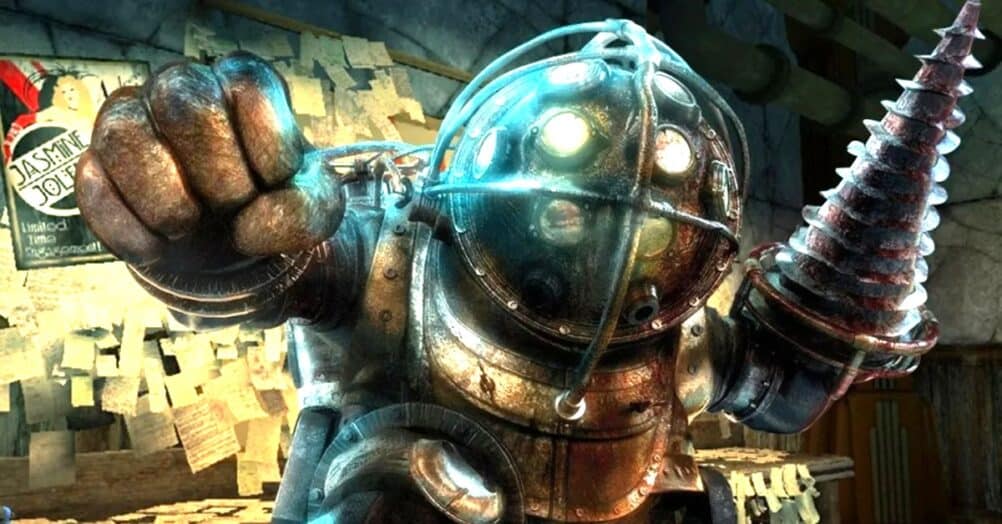
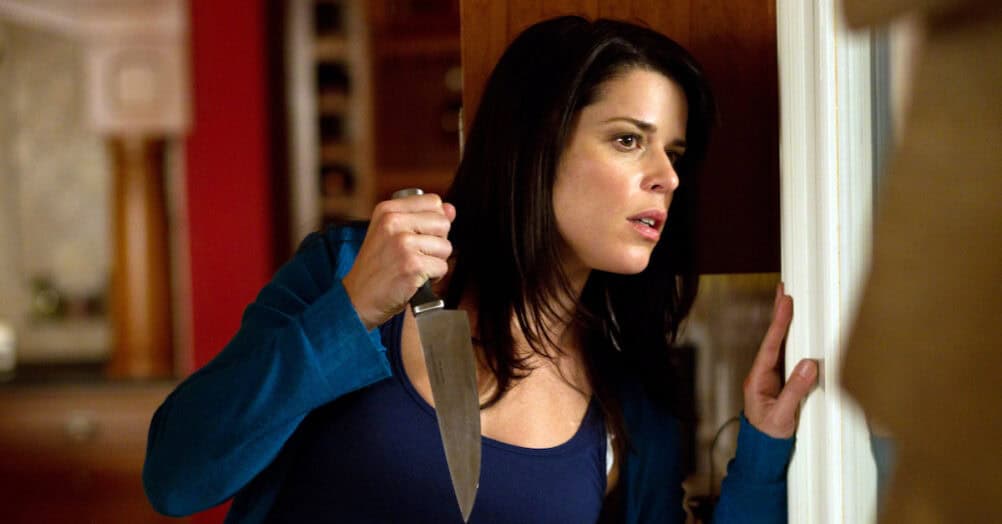


Follow the JOBLO MOVIE NETWORK
Follow us on YOUTUBE
Follow ARROW IN THE HEAD
Follow AITH on YOUTUBE